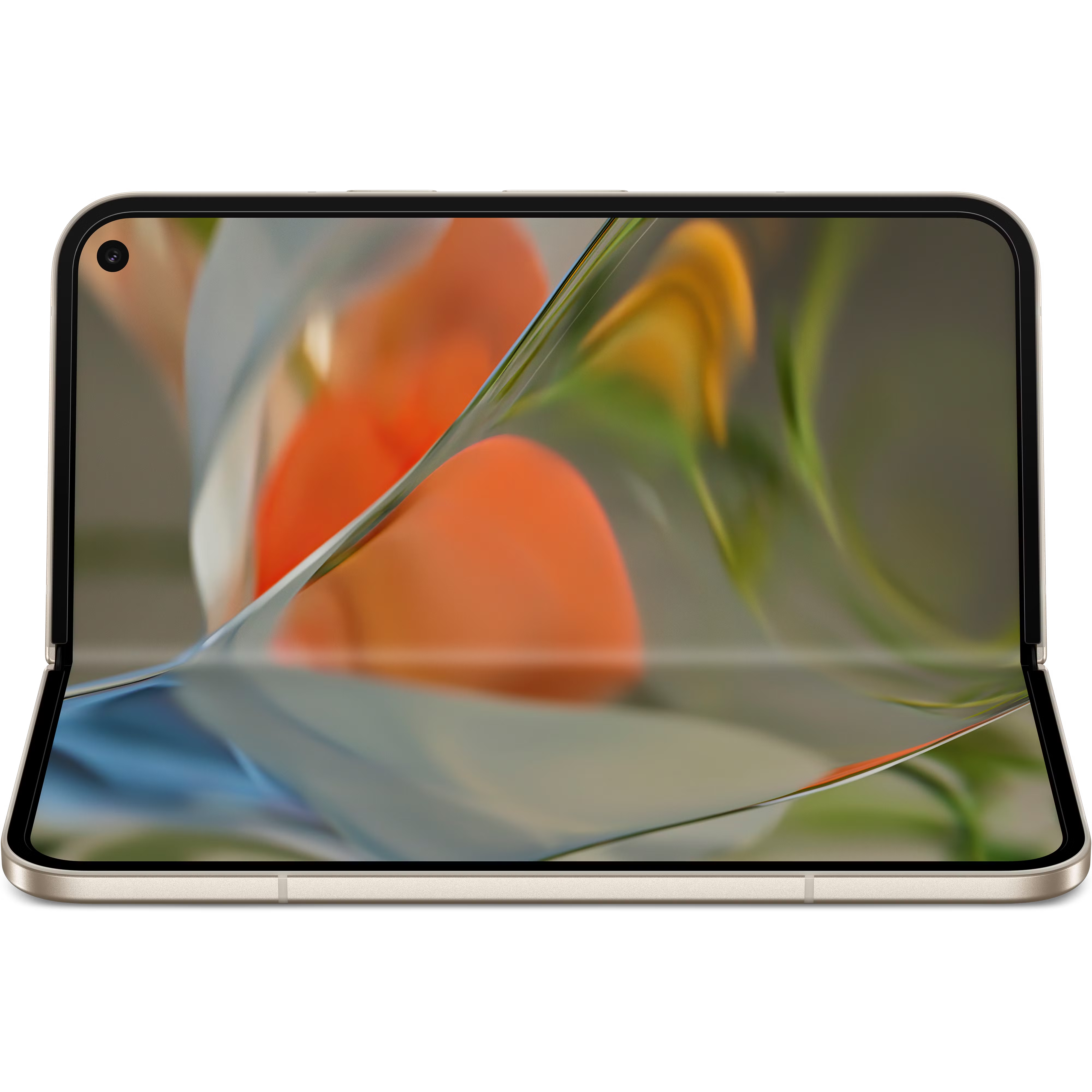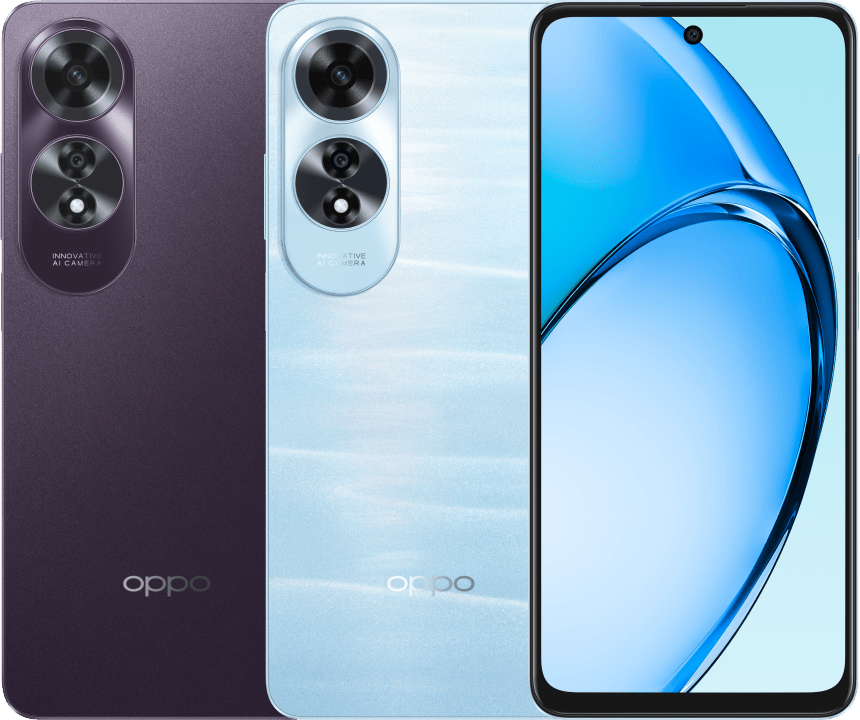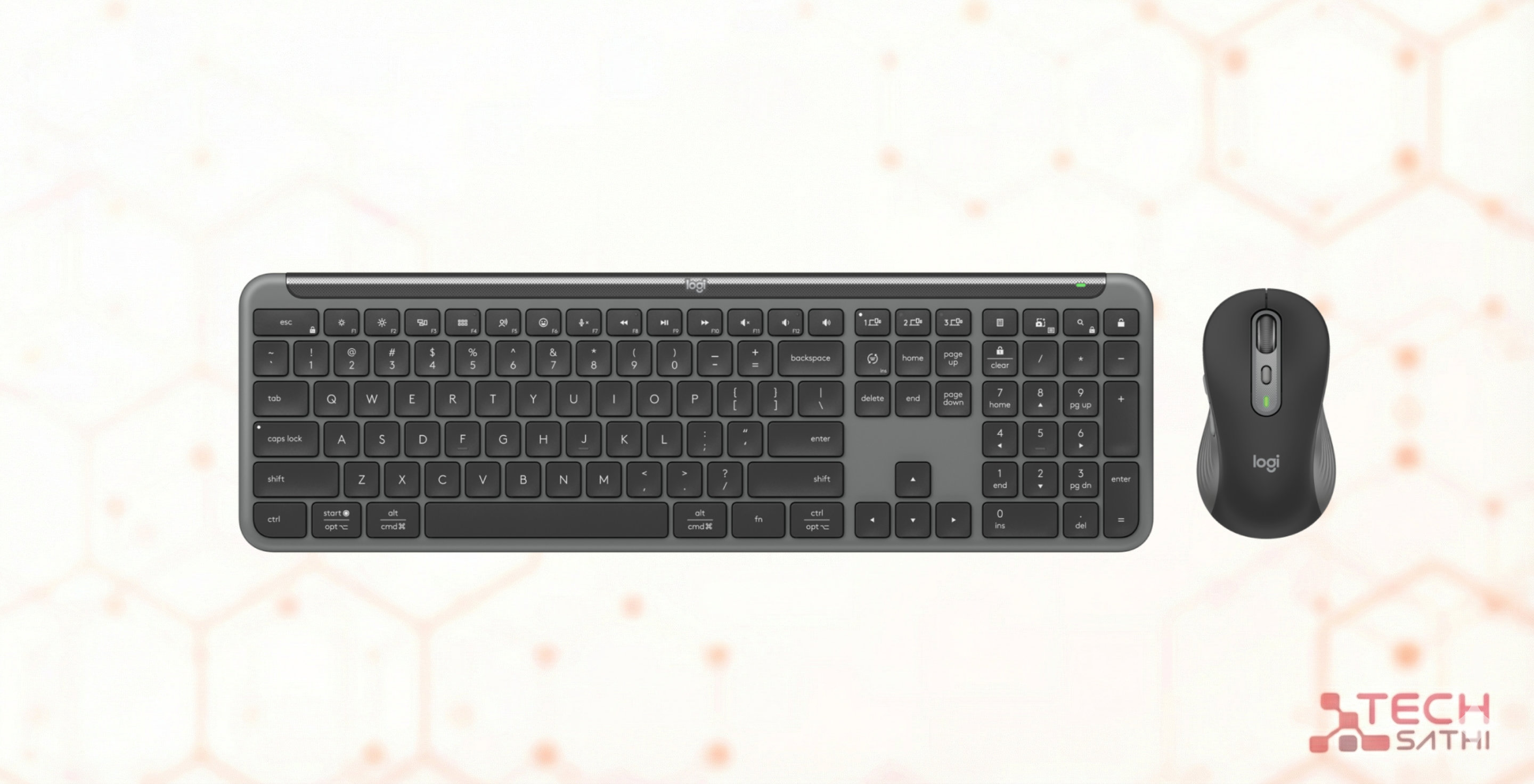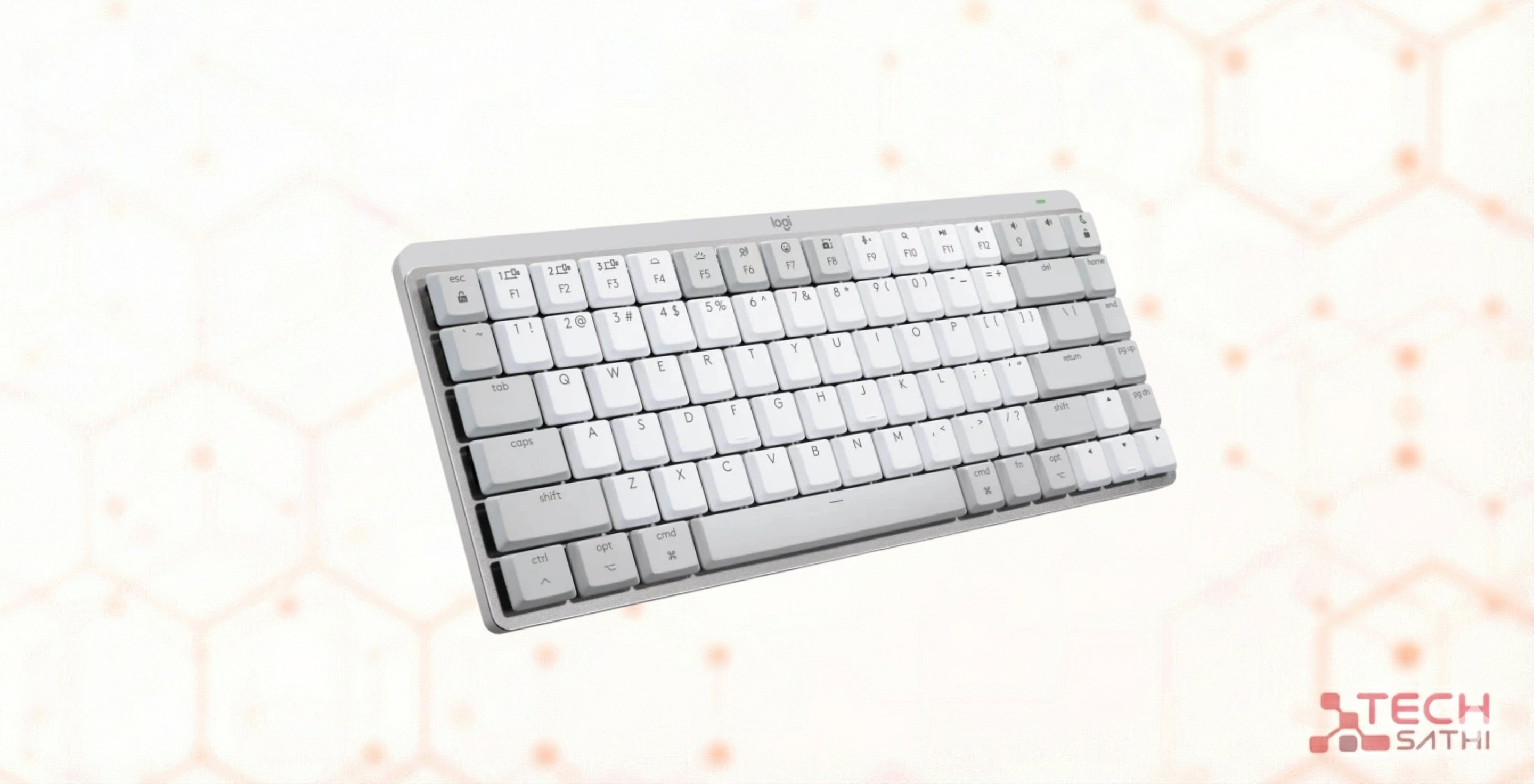Foldable smartphones have grabbed attention with their innovative designs and promises of versatility. They seem futuristic, but that doesn’t make them the best choice for everyone. Before you invest in one, it’s worth considering the downsides. Here’s why a foldable phone might not be the right option for you.

1. Durability Issues

Durability remains the most glaring concern with foldable phones. Unlike regular smartphones, foldable screens use ultra-thin glass or plastic, making them far more fragile.
Scratches and creases can appear even with careful use. Everyday wear, accidental drops, or exposure to dust can lead to significant damage. Hinges, the heart of foldable devices, also degrade over time. Dusty or humid environments can make this worse, leaving the folding mechanism stiff or loose. For a premium-priced gadget, these issues can be frustrating.
2. Expensive but Not Practical
Foldable smartphones are undeniably expensive. Models like Samsung Galaxy Z Fold or Huawei Mate X cost double—or even triple—what a flagship phone does.
The high price could be justifiable if the devices offered exceptional utility, but they rarely do. While the larger screen sounds great, most foldable apps and software don’t fully utilize the space. Multitasking can feel clunky compared to using a tablet or laptop. Unless you have a specific need for a foldable, it’s hard to justify the hefty price tag.
3. Software Challenges
Foldable smartphones face ongoing software challenges. Many apps aren’t optimized for larger or foldable screens.
Some apps fail to scale properly, and others don’t take advantage of the unique form factor. This is especially frustrating when multitasking, a supposed highlight of foldable devices. While developers are making progress, the software experience remains inconsistent compared to traditional smartphones.
4. Unproven Longevity

Smartphones are often long-term investments, with people expecting them to last several years. Foldables, however, lack a proven track record.
The fragile screens and complex hinges raise concerns about their longevity. Even with improved durability, foldables aren’t as reliable as conventional phones. Repair costs add to the problem. For example, replacing the main screen on a Galaxy Z Fold can cost over $400. That’s enough to buy a decent mid-range smartphone.
5. Battery Life Limitations
Battery life is another area where foldables fall short. Their larger screens and complex mechanisms consume more power, yet their form factor limits battery size.
Manufacturers attempt to offset this with optimizations, but real-world usage often disappoints. If you need all-day battery life, foldable devices might struggle to keep up.
6. Fewer Accessories
Foldable smartphones have limited accessory options compared to regular devices.
While traditional phones offer a wide range of cases and screen protectors, foldable accessories are harder to find. When available, they tend to be expensive and bulky, reducing the sleek appeal of the device. Considering the fragility of foldables, going without a case isn’t practical, but the accessory options might leave you disappointed.
7. Better Alternatives Exist

If you’re attracted to foldables for their larger screens, alternatives like tablets are worth considering.
You might also like : Logitech G733 Price in Nepal!
Tablets such as the iPad or Samsung Galaxy Tab provide bigger displays, better battery life, and more optimized apps—all at a lower price. For multitasking, a traditional smartphone paired with a laptop or tablet often works better and costs less.
8. Evolving Technology
Foldable smartphones showcase the future of mobile technology, but the market is still evolving.
Manufacturers are continuously improving designs and addressing flaws. While this is exciting, it means today’s foldable phones could quickly feel outdated. Waiting for more mature technology might save you from buyer’s remorse.
9. Not for Everyone
Foldables cater to a niche audience. These devices are designed for enthusiasts willing to pay a premium for cutting-edge innovation.
For most people, the compromises in durability, software, and price make them a less practical choice. Unless you’re a tech enthusiast who prioritizes design over practicality, you’re better off sticking to a traditional smartphone or exploring other alternatives.
Final Thoughts

Foldable smartphones are undeniably intriguing, but they’re not ready to replace traditional devices for most users. Their durability concerns, high costs, software inconsistencies, and lack of accessories outweigh the benefits for the average consumer.
If you’re tempted to buy a foldable phone, consider waiting. The technology is evolving, and the next generation might offer better value for your money. For now, though, sticking to proven devices might be the smarter move.



